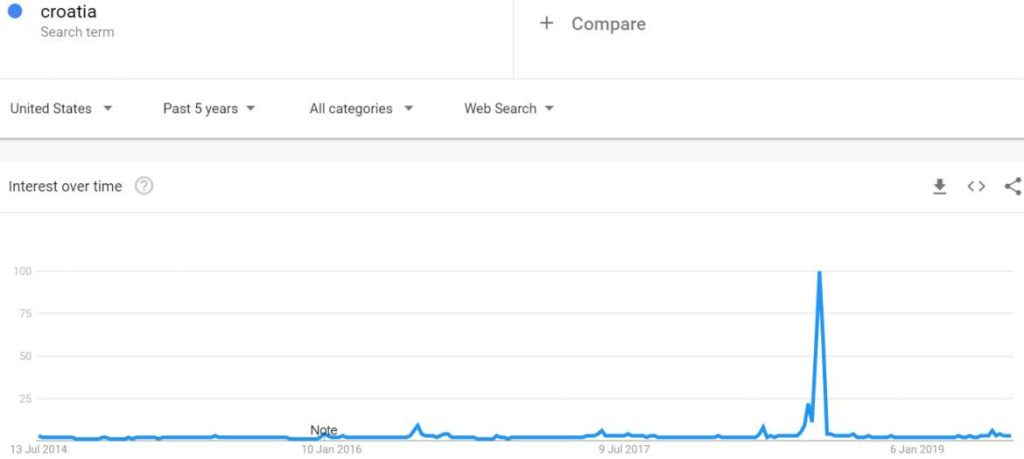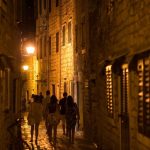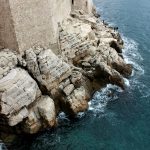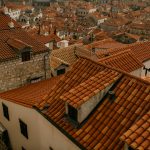September 23, 2019 – Minister of Tourism Gari Cappelli visited the island of Hvar this weekend. Some observations from a TCN fly on the wall.
Looking back, I can say for certain that it started with last year’s World Cup, although I am not quite sure why I had not noticed it before. But during the World Cup, it was more pronounced than ever.
Last summer was a fascinating exercise in watching people jumping on the bandwagon of the national team’s footballing success, as though it was their contribution which contributed to the unprecedented global interest in Croatia, when in fact of course it was entirely due to the heroics on the pitch, the incredible fans and THAT shirt. The first time I noticed it was reading an interview with the national tourist board director talking about a spike in traffic of 250% to show what they were doing to promote Croatia. Given that TCN traffic spiked a lot more than 250% in mid-July last year, perhaps we had been doing even more to contribute to the global interest in Croatia.
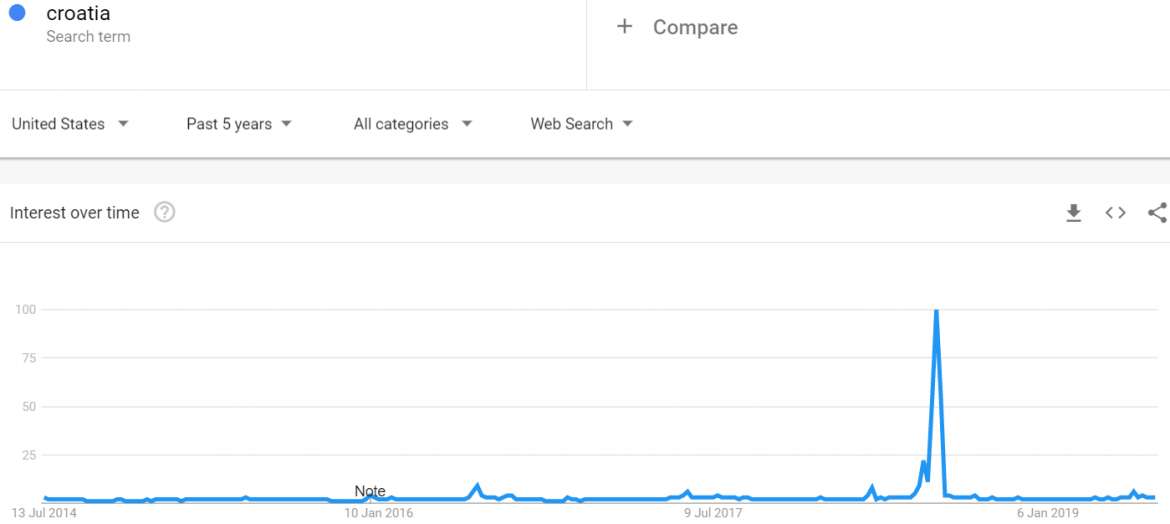
Or perhaps it was because any website with even a vague association with Croatia was getting unprecedented love from the 60 billion article views in the wake of 11 Croats kicking a football around in Russia.
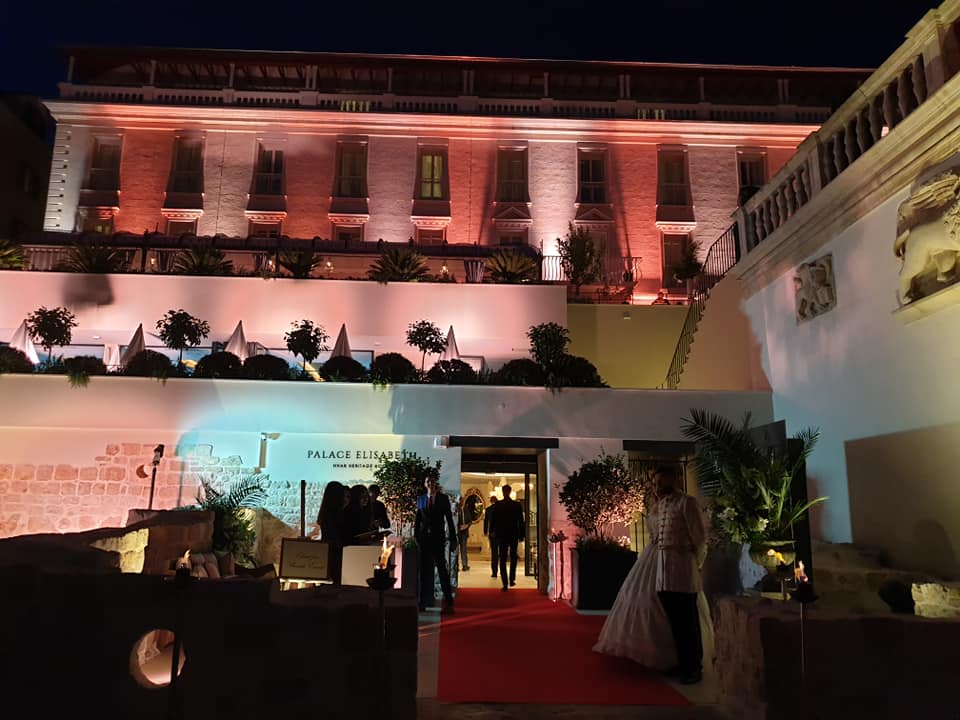
It was a theme that came back to me this weekend on Hvar, as I attended the opening party of the gorgeous 5-star Palace Elisabeth hvar heritage hotel, a very special evening and a very special project (you can read more about the evening and enjoy a video tour here). Minister of Tourism Gari Cappelli was among the high-profile guests, and as I heard him and other tourism officials talking of the importance of the hotel opening and the ministry’s strategy of attracting more luxury hotel accommodation, I found myself smiling.
What exactly did that strategy involve? What exactly was the ministry doing proactively to attract more luxury hotels to open in Croatia in general, and on Croatian islands in particular? The opening of Palace Elisabeth, a fully private initiative with private investment, is now the third 5-star hotel on Croatian islands (excluding a handful of very small boutique hotels). The total number of 5-star beds in Croatian island hotels now stands at around 300. By contrast, just for comparison, last year alone, more than 1,600 5-star island hotel beds opened in one of Croatia’s main competitors – Greece.
Just what exactly, in practical terms, does the minister’s talk of quality hotel accommodation mean? It was something I asked myself again this weekend as it was announced that Ritz Carlton is to be the latest luxury brand to open in Montenegro, a list which includes One & Only, The Chedi, Regent, Raffles, Four Seasons (more on this brand in a moment) and others. Brands which are not coming to Croatia despite the minister’s apparent focus on the issue.
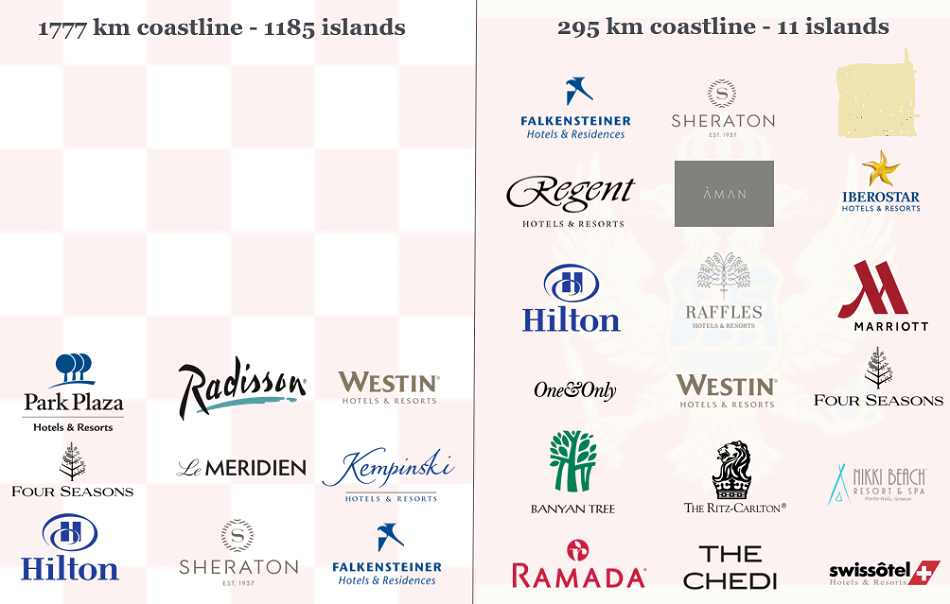
It was something I thought about again last weekend, as the Deputy Minister of Tourism posted photos on social media of another 5-star hotel on Hvar, Maslina in Stari Grad, which is currently under construction and due to open next year. Again, the impression given – at least to me – is that this is somehow in line with our magical strategy, whereas it actually looks like a private investor is finally building after coming through a marathon battle with bureaucracy.
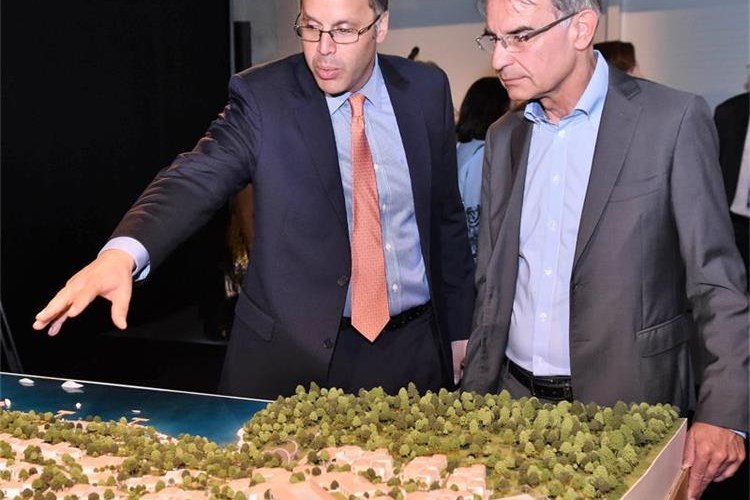
Saturday’s opening was not the first Hvar 5-star hotel event I have attended where Minister Cappelli has spoken. More than 2 years ago, he made a speech (also in Croatian in front of international investors – is it really too much to expect a tourism minister to speak fluent English in the modern age, especially in front of guests who are investing tens of millions in Croatia?) telling the world about the Four Seasons Resort of Brizenica Bay near Stari Grad, which would open in 2019. Here is what he said (from the 2017 TCN article at the time):
“This extremely important project, almost a billion-kuna investment, will be of great importance to Stari Grad on the island of Hvar as well as for the whole of Croatia. The island of Hvar will be provided with the necessary quality accommodation facilities, which will certainly stimulate further investment in additional facilities, thus enabling the further development of tourism on the island of Hvar. This is also an opportunity for the local tourist community to begin with the complete management of this destination and thus make the island of Hvar a high-quality destination. As an islander, I am particularly pleased to see that the potential of our islands has been recognised and I would be delighted if such investments were made on my island as well.” said Tourism Minister Gari Cappelli, adding that this investment would certainly trigger other potential investors to pay deeper attention and look for opportunities for investment on the island of Hvar, in Split-Dalmatia County and in Croatia in general.
I think this investment certainly has “triggered other potential investors to pay deeper attention.” As the stated opening year of 2019 is drawing to a close, the project still does not have a building permit. It is over two years since that grand announcement from Gari Cappelli, a lovely event complete with mock-up hotel room in Sesvete and including a specially chartered train from Zagreb main train station, it is more than 3 years since I was asked to talk about Hvar and the project with a list of influential journalists at the Park Lane Four Seasons in London. And still no building permit.
The project has also been removed from the Four Seasons website and no longer features, not even in the list of 10 Four Seasons hotels due to open by the end of 2020.
Further along the coast on the same island, some Norwegian investors are still trying to own the land they thought they bought in 2007 to develop a 270 million euro hotel project. And it is now 5 years since I wrote about that project and how Greece was moving ahead in Croatia and Greece: A Tale of 2 Nikki Beach Resorts back in 2014, a story which had a sequel 6 months ago in A Tale of 3 Nikki Beach Resorts: Croatia, Greece and Montenegro.
These are the sorts of projects the Ministry of Tourism and the Croatian Government should be trying to resolve to deliver its stated goal of more luxury tourism. There are billions of euros of foreign investment stuck on the Croatian coast and islands. And for those who always enter the debate at this point to say that Croatia does not want or need such investments, that is more than fine, but then why start the projects in the first place and trash Croatia’s reputation for a place for foreign investors, as such investments would certainly trigger other potential investors to pay deeper attention.
And, as we all saw from the case of the islet of Zecevo last year, the paperwork can move VERY quickly on Hvar (land split and rezoned in just 8 days) when there is an interest from the movers and shakers.
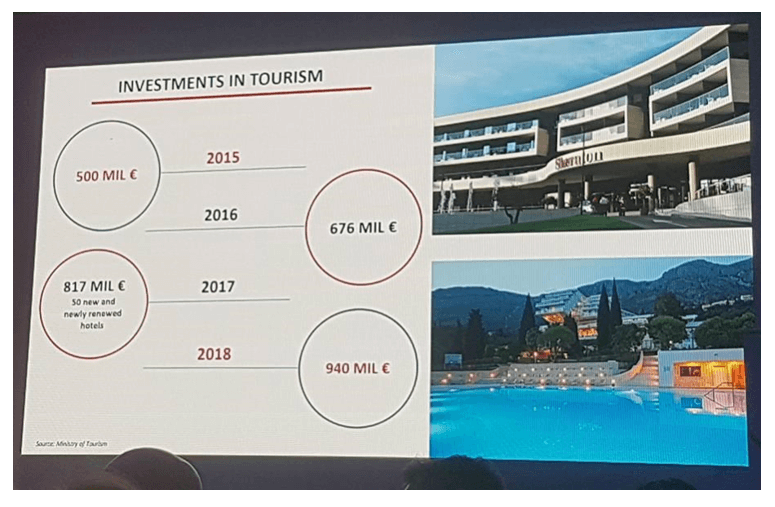
From my observations, it is hard to conclude that the strategy, such as it exists, is much more than turning up and speaking at such events and claiming some of the credit and justifying some so-called strategy. And if there is still no building permit by the time you announced the hotel would be open, well say no more about it and people will still think it is happening.
There is another angle to this, at least in my opinion. In the same way that Croatia will have no less than three golf tourism conferences in 2019 (each attended by a senior tourism ministry official), despite spectacularly failing to start even one of the 30 planned courses in the 2013 – 2020 strategic plan, looking busy and talking projects is often substituted for actual progress. And it works. In 2018, some 940 million euro was invested in Croatian tourism, of which 140 million euro (confirmed by the Ministry of Tourism press department) was that billion kuna investment in Four Seasons Hvar.
The project which at the end of 2019 still has no building permit.
And yet, the 940 million figure invested in 2018 is now established fact – I have seen it used by very senior officials from big international companies on a number of occasions this year.
And so Croatian tourism DOES look busy and brimming with investment. The opening of a 45-room 5-star hotel is proof of that (never mind the 1,600 5-star island rooms in Greece last year alone). And appearances are everything in The Beautiful Croatia.
Ordinarily, one would have thought that the opening of only the third 5-star island hotel would have been the media highlight for the island and the minister, but a much more bizarre celebration competed for the gushing column inches in the national media. An event which not only required the presence of the minister himself, but one which was covered in the national television news. The same event which was covered by high-profile press conferences at ITB Berlin, the biggest tourism fair in the world back in March.
The event? Five local tourism boards on one island decided to work together to promote the destination as one.
With all the hype that this blatantly obvious step brought, one might be forgiven for thinking that Croatia had succeeded in putting a man on the moon.
Here we are, in Berlin 6 months ago. When I first saw this I thought it was a joke – at the world’s biggest tourism fair, Croatia was telling the world that they had an island which had decided to work together to promote itself as one. What kind of tourism country was this, and what the hell were the other islands doing if this milestone merited such high-profile international attention?
And here we are this weekend on Hvar on the national news (and more on the detail in English here).
As a foreigner, I was quite surprised when I moved to Hvar to learn that the island had 5 tourist boards. And not just Hvar. So does Korcula, and Brac has 7 or 8. And they all traditionally promote their own individual towns and villages only. So much so in fact that they really do go to tourism fairs and promote themselves as individual towns rather than an island. Crazy.
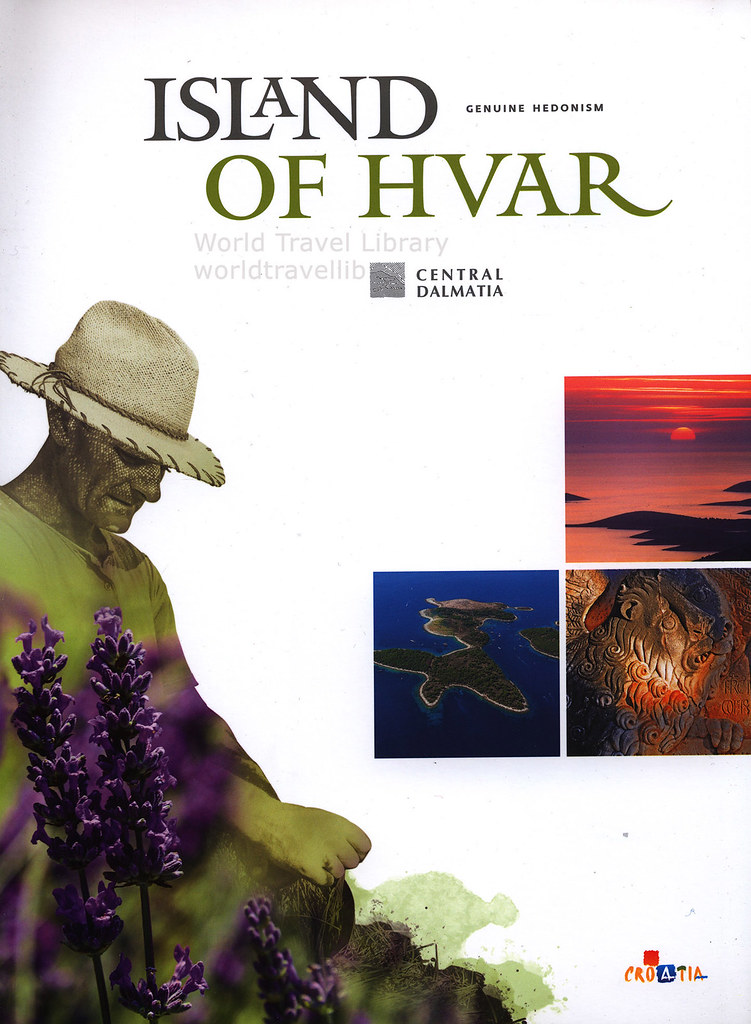
The key to working together is common sense and common interest. I met one tourist board director from Brac last year who proudly told me that he didn’t speak to one other director on the island, and that while there were plans to produce an island brochure by the 7 (or is it 8) Brac tourist boards, things were stuck because the directors could not agree which photo to use on the cover (various directors were insisting their destination was the most important). No amount of legislation is going to fix that kind of problem. By contrast, the Hvar directors managed to come together a couple of years ago to produce the combined brochure above without legislation or contracts signed.
I have met a couple of the newer Hvar directors in the last year and have been impressed by their vision and desire to work with not only the rest of the island but also neighbouring islands to present a better product for their guests. It is common sense.
The same common sense that this fat Englishman used 8 years ago when he started the first portal for Hvar to include the whole island with regular daily updates. There was no rocket science to it, and Total Hvar’s quick popularity showed that this was the way forward. I am very glad that the tourist boards of Hvar are now following suit.
It is the same common sense shown by the tourist boards of inland Dalmatia and the Central Dalmatia Tourist Board back in 2013 when we proposed combining several great inland Dalmatian destinations into one Total Inland Dalmatia portal in English. It is a partnership which has worked well for six years now and which has played its small part in effectively promoting tourism in that wonderful region.
It is great news that 5 island tourist boards have decided that they can work together and do their job and promote their destination as one, but is it really such a big deal that the minister needs to tell the world at the biggest tourism fair in the world, then remind the nation on the national news six months later?
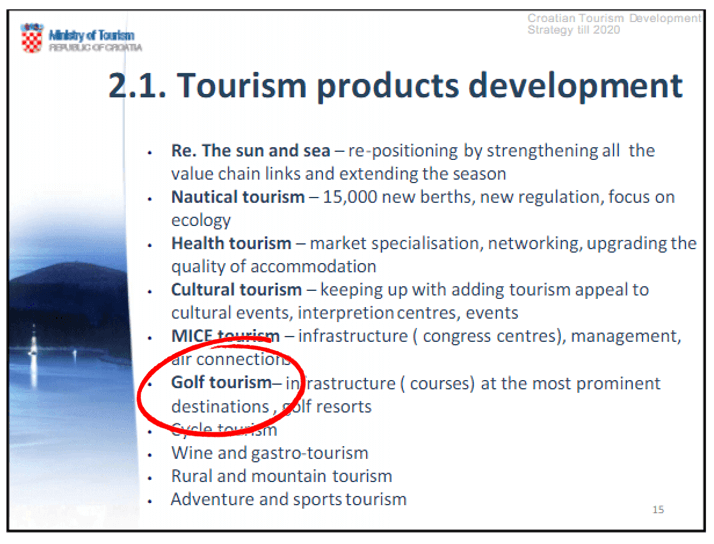
Looking at those list above of those 2013 strategic objectives, would it not be more useful to be telling the world of the Dalmatian wine road completed, the medical tourism task force’s progress report (after it had been formed), the 15,000 sailing berths delivered, the focus on marine ecology that a reduction in cruise ships has brought, and a promised golf course or two delivered?
Nothing to report on these fronts, and no consequences for an abject failure in the delivery of the seven-year plan? I look forward to reading about the tourist boards of Brac working as one in the New York Times while awaiting the next 5-star hotel opening, which manages to open its doors despite – not because of – all the bureaucratic help it received along the way. The minister has a strategy to deliver, after all.

